Tokyo’s most iconic neighbourhoods
Tokyo is one of the world’s biggest and most influential cities, and like all famous metropolises it has an instantly recognisable identity of its own. However the world’s most famous cities rarely have just one identity; often what makes them great is the multitude of personalities contained within their bounds. What would London be without Camden Town, Notting Hill and Brick Lane? What would New York be without the Upper East Side, Tribeca and the Bronx?
Tokyo has its own iconic neighbourhoods, many of which are famous around the world if not by name then at least by reputation. These are Tokyo’s most iconic neighbourhoods, and what they are famous for!
Shibuya
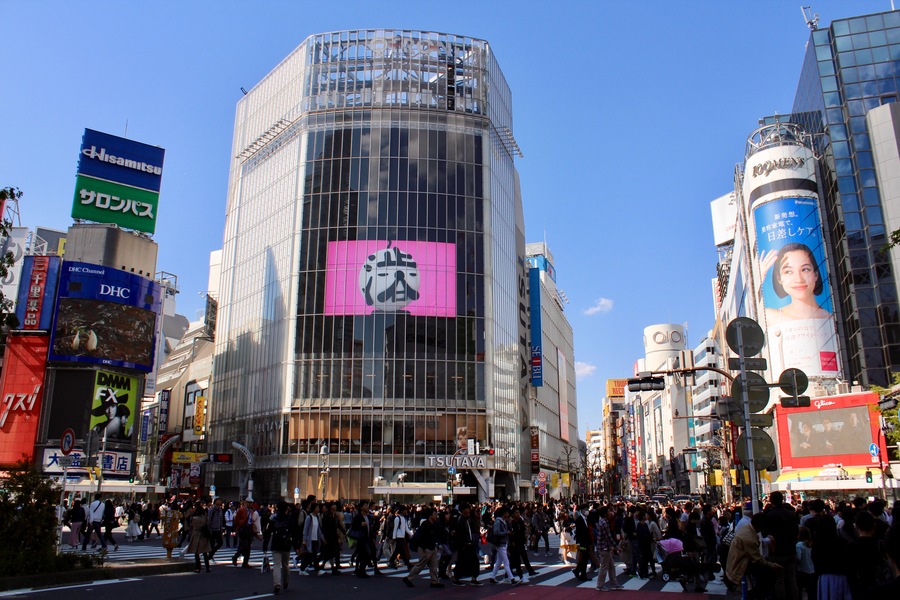
Shibuya Crossing
The famous intersection where Scarlett Johanssen emerges from the subway in Lost in Translation is one of the busiest pedestrian crossings in the world! In the streets nearby you’ll find countless shops, from designer stores to cheap discount outlets, and a plethora of eating options (including everything from Japanese curry to Italian lasagna) and the not-quite-red-light Love Hotel Hill.
Harajuku
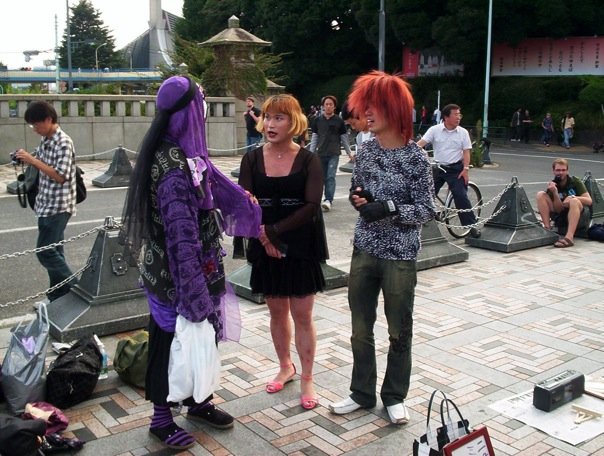
Street fashion in Harajuku
Harajuku is the cutting edge in Japan’s fashion scene, a centre of youth culture and counter culture, and often considered a bellwether for up-and-coming trends. From corsets and braids to crepes and craft beer, this is where Tokyo tests out what will become the next big thing. There are designer outlets, but there are also daring independent stores, and everything in between. Don’t forget to see the sublime Meiji Shrine while you’re in this eccentric neighbourhood.
Shinjuku
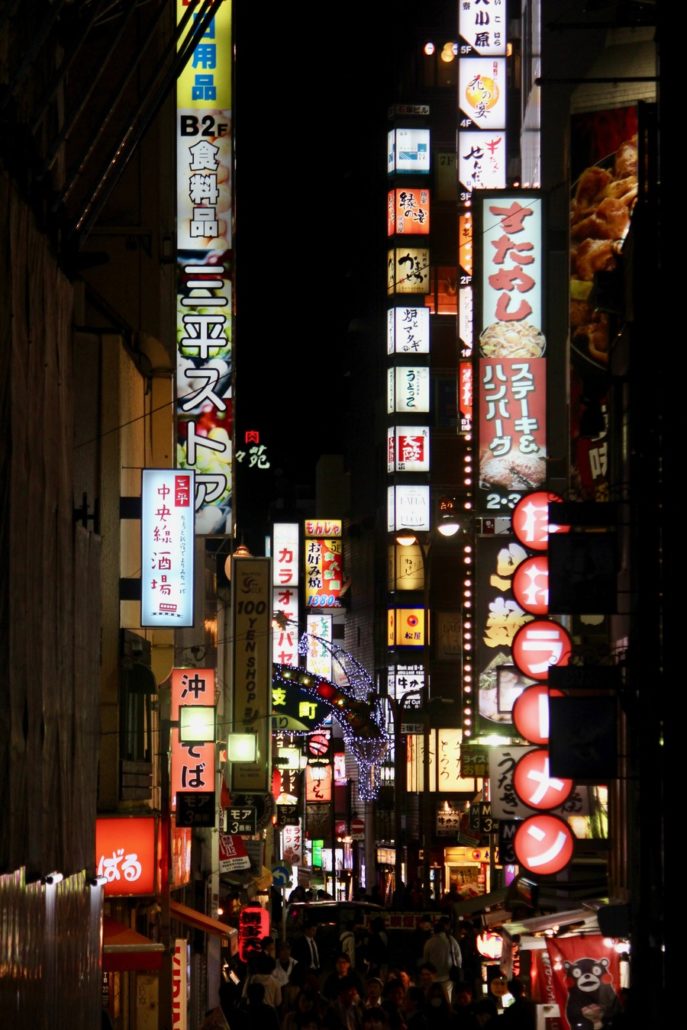
Shinjuku at night
Shinjuku is best visited at night; this madhouse district has great shopping and eating options, but it’s the lights that most people come for. This is the Tokyo of film, a neon jungle, adored by visitors and photographers alike. Everything is open in the evenings, so a night spent in Shinjuku could include a bit to eat and a spot of shopping, followed by some karaoke, drinks at the cool bars, or a later night clubbing with friends.
Akihabara

Ever heard of anime? If you don’t know the name, you’ll at least know the look – glassy eyes and round porcelain-like faces are hallmarks of Japan’s insanely huge cartoon and comic industry. Akihabara is more than just a neighbourhood, it’s like a shrine to them! If you’ve ever thought of Japan as being a nation of kooky cartoons and technologically obsessed people who watch them, Akihabara (sometimes referred to as ‘Electric Town’) might confirm your preconceptions. Video game parlours abound, souvenir shops sell an unbelievable range of anime merchandise, and there are even restaurants where you can be served by waitresses dressed as your favourite anime characters. Yeah.
Ginza
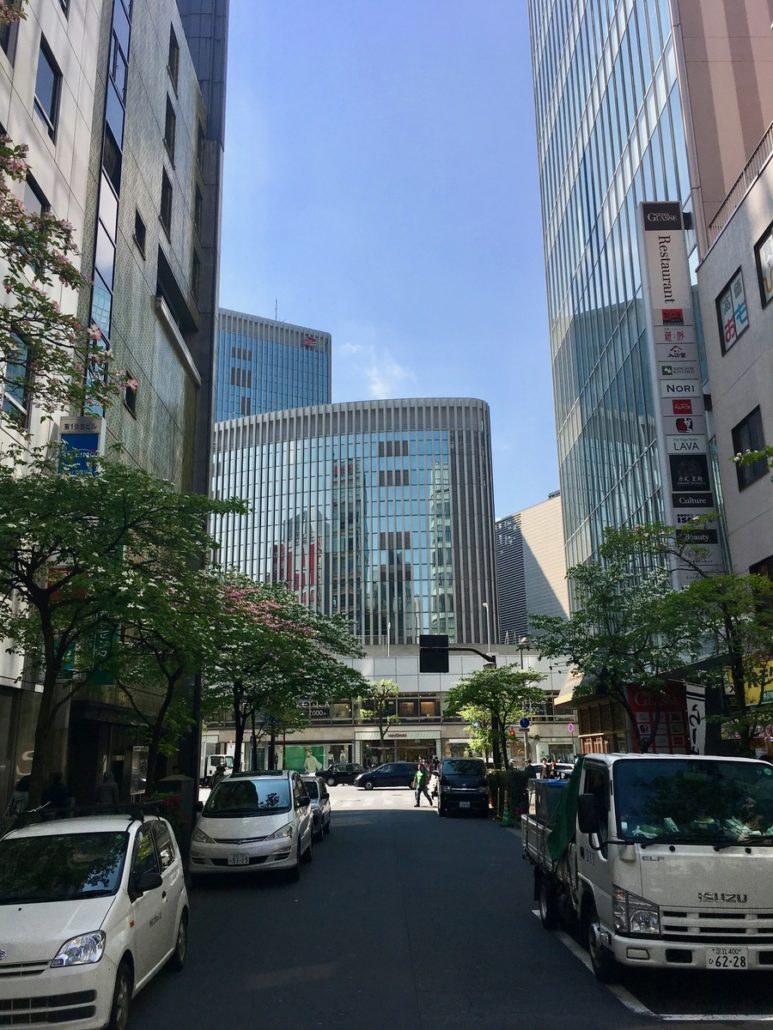
Get your credit cards ready; Ginza is Tokyo’s upmarket shopping district, and you won’t be disappointed. Glitzy malls take up several city blocks, towering above the fashionable streets, filled with international designer goods and local brands. You won’t go hungry here either – most department stores contain posh cafes where you can nibble on macarons, sip tea, or indulge in a fine Japanese-style lunch.
Meguro

Cherry blossoms in Meguro
In Meguro its all about the cherry blossoms. This modern yet quiet, unassuming neighbourhood goes largely unnoticed for much of the year as corporate types go about their daily business. However for two weeks in late March or early April Meguro becomes a centre for hanami, or cherry blossom viewing, as the Meguro River explodes in a pastiche of white, pink and magenta.
Ebisu
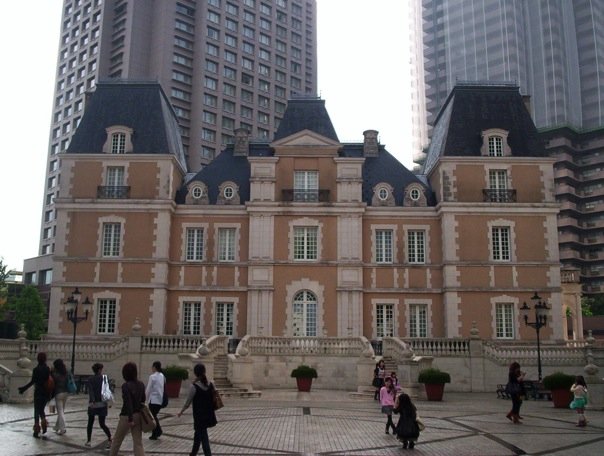
Central Ebisu
Ebisu was once the site of the famous Japan Beer Brewery Company which relocated to the city outskirts in the 1980s. It’s now a modern, upmarket place to drink, eat and meet friends – a great place to hang out, even if there’s not a lot to see around here. Just don’t forget to bring your wallet.
Roppongi
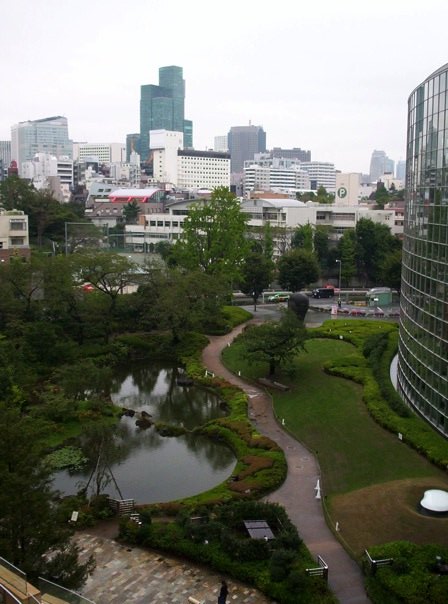
Roppongi Hills development
“What happens in Roppongi stays in Roppongi!” Roppongi is a popular nightlife district, and there’s no shortage of bars, clubs, pubs, dance parties and strip clubs. Once known for its sleazy wild nights and hazy hungover days, Roppongi has in the past ten years cleaned up its act and is now in the process of being gentrified around the pleasant but conventional Roppongi Hills housing development project.
Yanesen
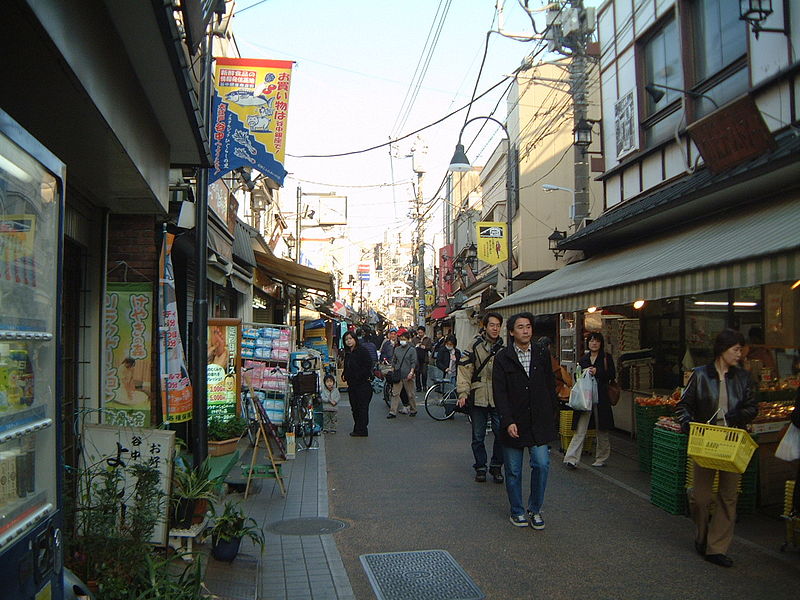
Yanaka Ginza Street (Image: kolshica from Yanaka, Taito, Wikimedia Commons)
A combination of three neighbourhoods – Yanaka, Nezu and Sendagi, Yanesen is a taste of the old Japan in modern Tokyo! Dating back to the Edo period, some of the buildings around this area are protected for their heritage value. Nowadays you’ll find temples, shrines, small bars and restaurants and traditional craft shops – a slice of Kyoto in the nation’s modern capital. I must thank my cousin Matt for this recommendation – definitely worth a visit!
Tokyo is much bigger than these nine districts, and there are plenty more that I haven’t mentioned here.




i think you’ve missed Ueno, with it’s lake and of course all the museums! 🙂
Ooooh yes! Although admittedly, I haven’t spent a lot of time in Ueno!